One of the pillars for building a sustainable city is the water qualityand how these waters are cared for in their complete cycle. Everything is connected - the water that cuts through the urban space in rivers and small streams, the water that comes out of the tap and is treated and used for our hygiene and cleaning, consumption and food preparation, and the water that is used by industry to power the economy.
Society as a whole depends on the preservation of this water and collective action is necessary to maintain it. However, the lack of greater investment in health education is still an obstacle to the conservation of this resource.
It is important to understand health education as an instrument of mobilization and dissemination of information capable of changing behavior. Looking at what happens with sanitationThe irregular disposal of sewage is the main cause of pollution in rivers and streams, which is why the universalization of water and sewage services involves transforming the health of rivers and people.
In this scenario, health education actions have the power to awaken in people the relevance that the subject deserves and create a call for full sanitationThese demands will mobilize governments to expand the coverage of sanitation systems.
The right to basic sanitation
O Sustainable Development Goal No. 6 aims to guarantee the right to drinking water and basic sanitation. However, almost 100 million Brazilians (45%) still don't have access to sewage collectionaccording to data from the National Sanitation Information System - SNIS 2020.
In the absence of a planned sewage system, for some people moving the sewage away seems like enough, but it's not. This is because, in the long term, untreated sewage that is dumped on the ground and in rivers will also have an impact on the pollution of the entire environment, even reaching groundwater. In 2020, the percentage of untreated sewage in the country represented 5.3 million Olympic swimming pools dumped into nature, according to data from the Trata Brasil Institute's Basic Sanitation Ranking 2020. This means that 49.2% of the country's sewage is discharged into nature untreated.
Health education as a social tool
Faced with this deficiency, the environmental health education becomes a tool for social mobilization. It helps raising awareness the role of each social agent in guaranteeing sanitation, from public authorities, such as city halls and secretariats, through sanitation concessionaires to the role of communities and individuals in the correct use of these systems.
It includes, for example, raising awareness of the importance of adherence to sewage networks in the most vulnerable regionsbut also in relation to sustainable water consumption in everyday domestic life, taking long showers and questioning the irregular disposal of sewage from luxury buildings. In all cases, the main message is the connection between automatic everyday habits and the their impact on nature.
Health education in practice
The performance of an educational front is usually part of the technical social work which is being included in resettlement, post-occupation, social housing management and re-urbanization projects and contracts. And this work starts with a good communication.
In our methodology, we start by mobilizing the people involved, explaining the importance of these changes in the territory. We need to promote meetings and innovate with different strategies in order to effectively engaging the communityThis can be done through lectures, films, meetings that are already part of the population's routine, such as religious gatherings, as well as demonstrating the environmental impact through models, educational visits and even mobile offices.
As for the provision of this service, the challenge is to convince companies and public authorities to allocate more money to boosting results. It is necessary to defend the relevance of investment for the sustainability of works and saving money on maintenance. Not to mention all the work to raise awareness so that the work is welcome in the eyes of the public.
For drinking water distribution and sewage collection systems, one solution that leads to a reduction in investment is the Condominium System methodology used by Diagonal and Condominium. Because it is a technical solution combined with a social participation component, it provides greater interaction between the population and the project, leading to greater health awarenessIt also has the potential to universalize service, minimizing urban impacts in consolidated areas and reducing losses in water supply systems. In addition, it generates optimized collection networks that adapt to any urbanization, housing and/or topographical conformation.
Environmental health education is therefore a weapon for social mobilization to preserve water. It exists so that people know and demand their rights, make good use of the system, take care of waste disposal and are active in good water consumption practices. Everyone must take care of the water in order to ensure the health of the environment and peopleThe only way to change the collective reality is for the population to be aware and active.
Do you want to understand how Diagonal's social management work brings significant results and a positive legacy in sanitation works? Visit our methodology page to find out more.
